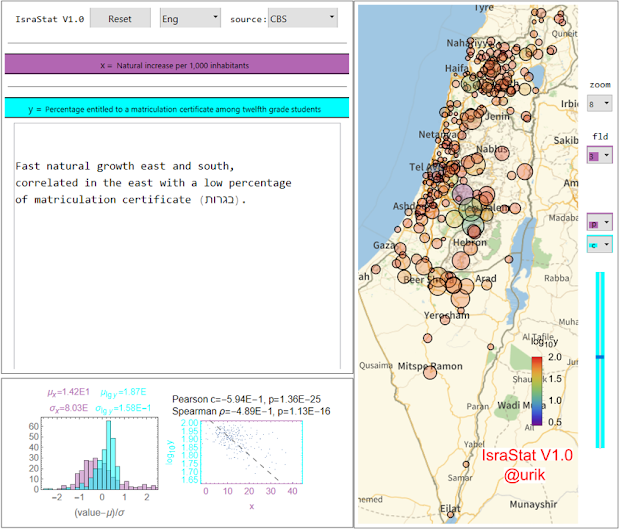'The last of us' and toxoplasmosis
The premise of the successful computer game-turned-TV series 'The last of us' is a futuristic evolution of the fungal parasitoid 'ophiocordyceps unilateralis'. At some point in the near future, this zombie-ant cordyceps manages to jump species to humans, overnight, grow inside our brains, and mind-control us into murderous zombies. There are several scientific problems here, such as 'overnight', the choice of parasitoid species, and even, as argued below, 'futuristic'... more on 'The last of us' later.
These figures show correlations between search-term frequencies (maximal value normalized to 100) between 2004 and July 2019 (to avoid any putative COVID-19 effects), along with linear fit results and the p-values of Pearson (pc) and Spearman rank (ps) tests. Significant correlations are plotted solid (rather than dashed) and colored red (rather than blue), adopting a conservative threshold pc<0.01. The term "my fish" is more popular than "my bird" but should be avoided as it may refer to... dinner.
These and similar tests, on various scales, suggest that people whose search patterns indicate more interactions with cats also have a statistically significant excess of searches for terms involving accidents. The correlations vanish when switching to other pets or to innocent terms unrelated to reckless behavior. Google Trend interpretations are not robust, especially given the coarse resolution (state-wide in the above figures; ideal tests, on an individual or IP basis, are beyond the scope of this blog), so one could explain the correlations away as benign. For example, could states with more cats have more dense cities, and thus more traffic accidents? However, the effect is sufficiently strong, global, multi-scale, and supported by field experiments to indicate something much more sinister.
The parasitic protozoan toxoplasma gondii (see wiki, review), found in feline feces, infects more than a third of humanity and is more likely to be found in people dealing with cats. This parasitoid is known to alter the behavior of rodents, driving them to reckless behavior that tends to get them killed and eaten by a cat, which is the definitive host for the protozoan reproduction. But the parasitoid is much more diverse, reproducing in many felids and affecting virtually all warm-blooded animals. In particular, it has helped large cats eat primates, especially leopards in hunt of monkeys and chimpanzees, for millions of years. Mice-turned-zombies provide our recently-evolved house cats with easy snacks, but there is increasing evidence for altered behavior in various primates, too. Studies in humans have shown correlations of parasitoid presence with traffic accidents and possibly even with schizophrenia, although the topic is still debated (see review, trends). The parasitoid cysts remain in the body after the first infection, and there is no vaccine or cure for them. Finding significant correlations in Google Trends, despite the noisy, indirect, and coarse-scale nature of web-search data, indicates a very strong effect.
Returning to 'The last of us', we see that invoking an overnight species-jump from insects to humans is not only unrealistic, but also unnecessary: toxoplasma gondii has already been evolving slowly to alter our behavior, effectively making us and our primate brethren more likely to be killed. Like in the fictional story, global warming assists this already-prevalent pandemic. Admittedly, however, while the toxoplasma gondii threat is more realistic than mutating fungi, the latter provides more creative freedom in producing monsters through non-lethal deformities and fungal growth.
Incidentally, recent research suggests that ophiocordyceps unilateralis neither penetrates the brain of the ant nor controls its mind. Rather, fungal hyphae directly control the ant's muscles, leaving its mind untouched but trapped in a puppet body. That makes sense, as other infected insects with similar brains but different body structures are killed by very similar fungal variants without presenting any zombie behavior. So, 'The last of us' is wrong to claim that "Cordyceps grows in the brain" (again, the actual culprit living in our brains is toxoplasma gondii), but then most popular accounts of zombie ants are misleading in this regard, like this one by BBC:
I don't know what would be worse for the ant: being mind-controlled or locked-in a puppet?




Comments
Post a Comment